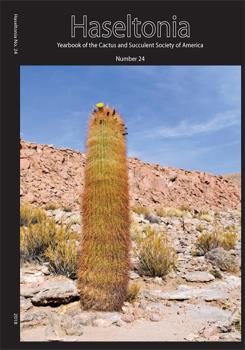Cactaceae are a highly endangered plant family with economical and ornamental potential. One of its centers of diversity and endemism is in Eastern Brazil, including the Atlantic Forest in the state of Espírito Santo. The latest Brazilian global floristic inventory recorded 41 cactus species for this state, however an exclusive study about Cactaceae is still necessary to survey and describe the actual diversity of the family in the region and current threats acting upon the cacti. The aim of this study was to survey the species of Cactaceae in Espírito Santo state and analyze the threats suffered by them. A database produced from fieldwork, herbarium and literature research resulted in 908 georeferenced records which served for the production of distribution maps and to analyze sampling efforts and species richness. The richest grid cells were positively correlated to the best sampled cells. In total 38 native species of Cactaceae were found, including epiphytic, rupicolous, and terricolous life-forms. Several threats to the conservation of cacti in the region are acting to reduce the habitat of native populations. Our results indicate the need to include an effective sampling of cactus specimens in order to understand the real conservation of the species of this highly endangered family.
How to translate text using browser tools
1 August 2018
Anthropic Pressure on the Diversity of Cactaceae in a Region of Atlantic Forest in Eastern Brazil
Weverson Cavalcante Cardoso,
Alice Calvente,
Valquíria Ferreira Dutra,
Cassia Mônica Sakuragui
ACCESS THE FULL ARTICLE

Haseltonia
Vol. 2018 • No. 24
August 2018
Vol. 2018 • No. 24
August 2018
cacti
conservation
Espírito Santo
habitat destruction
knowledge gaps




